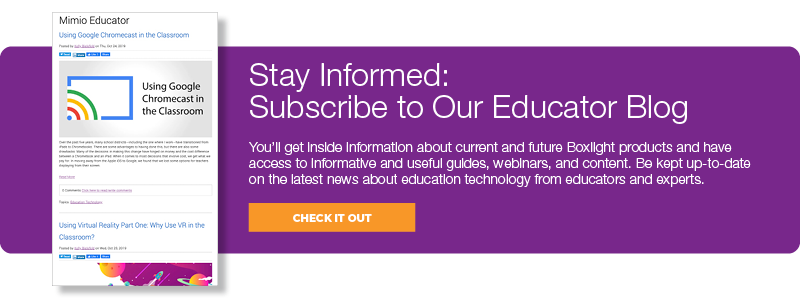
As teachers begin to think about applying for positions for next school year, it’s important to consider who the references on the application will be. As a former principal, I’ve looked through hundreds of resumes and applications. I’m not an HR expert, but here is my personal experience with how teachers can stand out when it comes to the references they use.
In no particular order, here are my thoughts on what applicants should consider when setting up references in their application:
Tailoring references: As far as references go, they need to be tailored to the position you're applying for. If you are brand new, you might not have educational references to list, but hopefully you have experiences with children that you can cite to help people understand what a good candidate you will be. I would encourage applicants to not necessarily use the same list of references each time, but to think about how a first grade position might require a different approach than a fifth grade position.
Aligning to the position: Teachers should think through the different categories of references that might make sense for the position. For teaching or educational positions, references should include some of the following: former/current supervisors, former/current coworkers, possibly parents, possibly students, and those who have first-hand knowledge of your work with kids outside of school (community service, service organizations, coaching, etc.). Applicants don’t need one from each of these categories—the only real required references are from current and former supervisors, but the rest of these are good to consider too.
Keep it short: With that being said, I think it is important to not overdo it on references. I think three letters of reference is just about right, and then three to five listed references with the application. Most online applications now have an auto-generated survey that will go to the listed applicants. If a reference letter is already available from a specific person, it might make strategic sense to list other people to complete the survey.
Include a variety of contacts: Along the same line—and this is probably just a personal thing—I try to list references to contact who are different from the reference letters that I have. This provides a wider swath of people I can use to attest to my abilities. If I have a good letter or two from one category (former employers), then I might list a different former employer as a reference contact in the application
Perfect your resume: In addition to references, the resume matters as well—although not as much, in my opinion. Try to put yourself in the position of the person looking through all of the resumes. Start with the most recent work experience first, which makes it more efficient for the person screening the resumes to understand where you are coming from. Even though you might be an elementary teacher applying for a position, I expect resumes to be professional. It should not look like it is written in crayon and don't overdo the clipart. A resume should reflect your personality, but remember that professionalism will be valued regardless of the position you’re applying for.
Pay attention to detail: Most places will have an online application, and it’s easy to tailor a resume and reference letters to fit a certain formatting style. But many of these online application portals have limited ability for things like spell check. Because of this, double check everything that you enter to make sure all punctuation and capitalization rules are followed. This is not a deal-breaker for a candidate, but it does show attention to detail, which is critical when screening through a number of applicants.
Cover letters: These do matter, although they are less of a priority as the other elements that I have mentioned. I never felt that they needed to be very long, but I would read them mainly to see where the interest was coming from for the candidate. The cover letter is a great way to introduce yourself to the new district and state the reasons for wanting to apply with them. A nearly fatal flaw is putting the wrong information into a cover letter—if you apply for multiple jobs, you need to tailor each letter to meet the information for the correct district. Again, attention to detail is important.
By being strategic through the process and making sure everything is double checked, you can have the advantage over other applicants and land yourself the perfect job.
Want to receive insightful teaching tips and education news delivered directly to your inbox? Subscribe to the Educator blog today!



